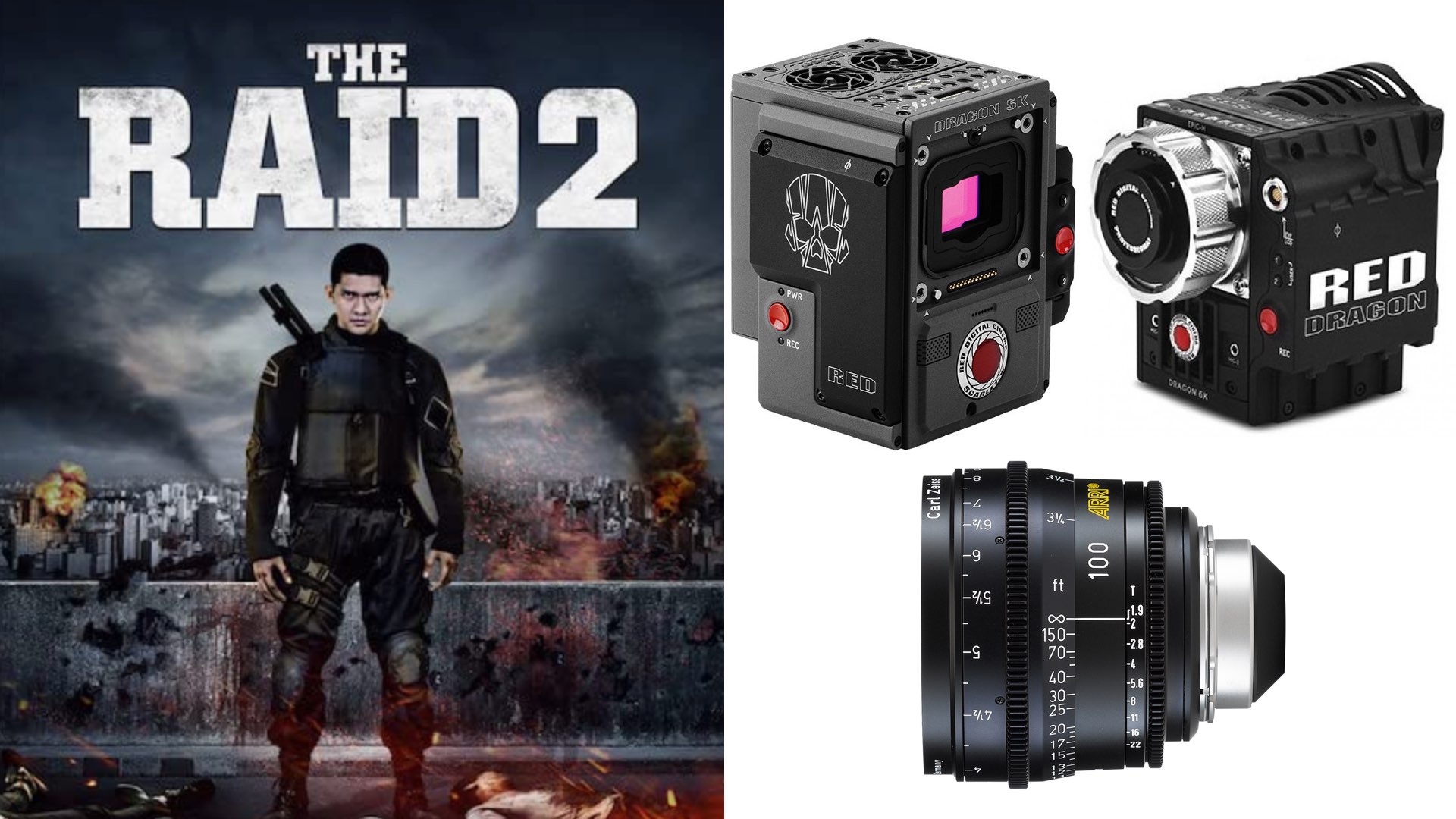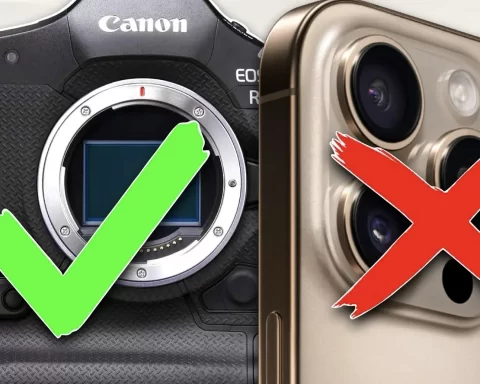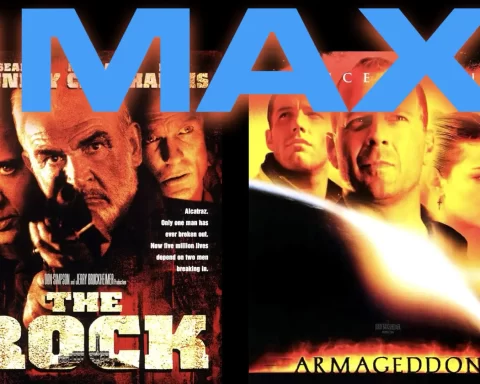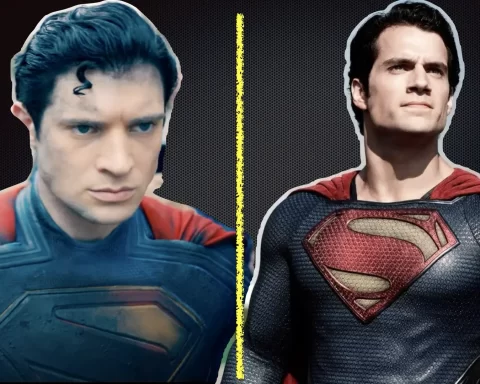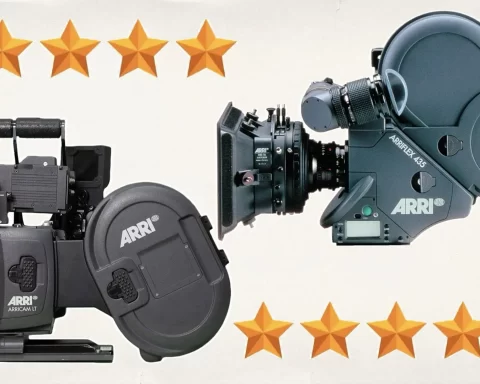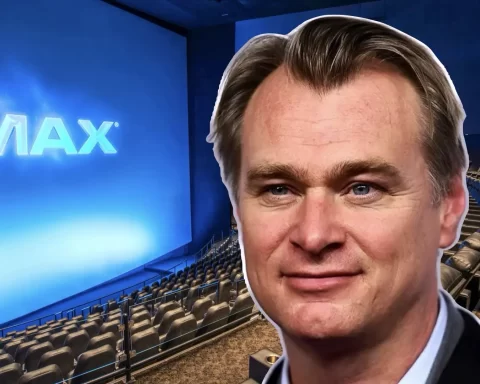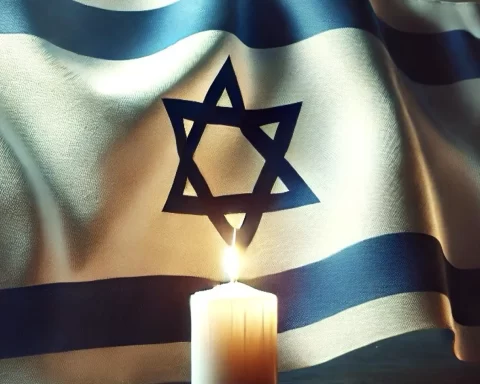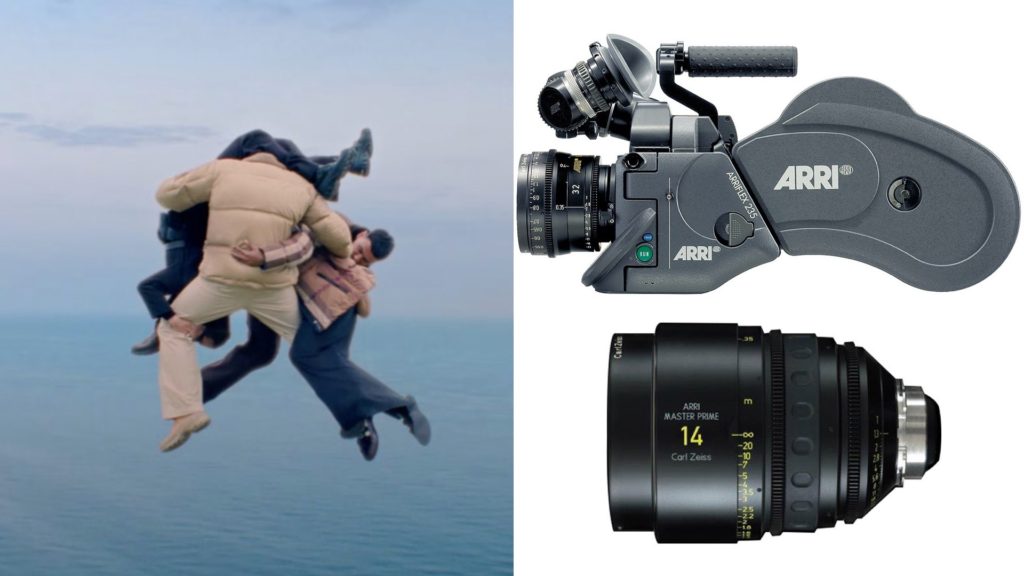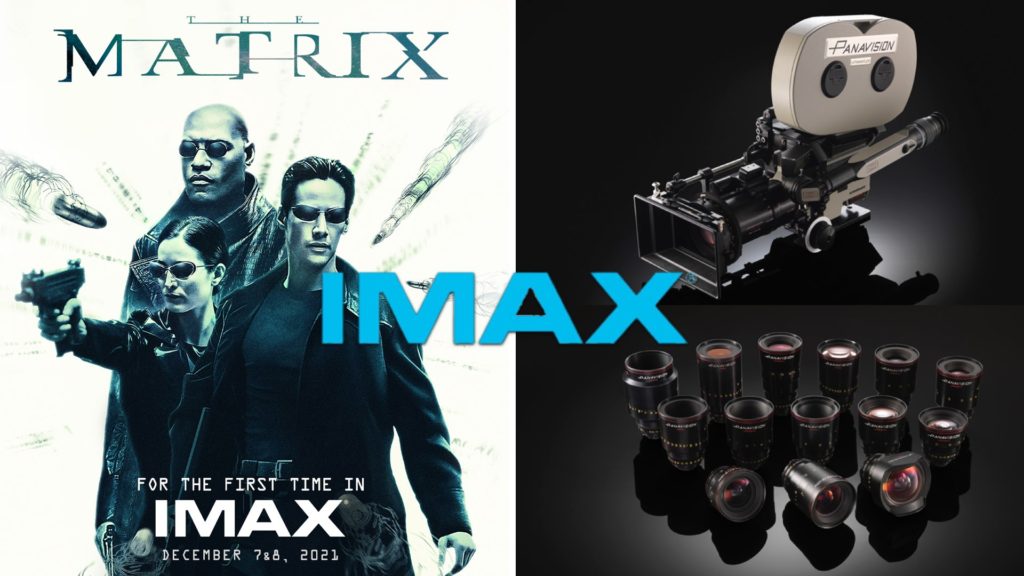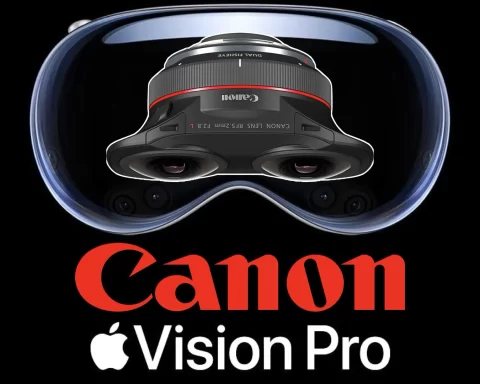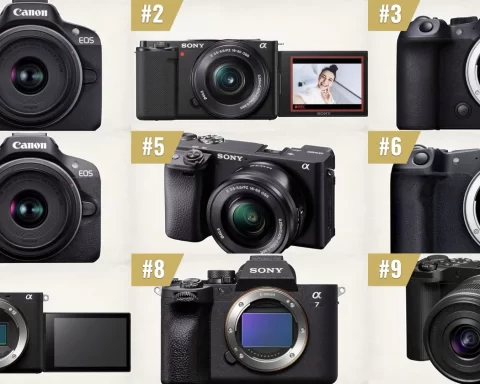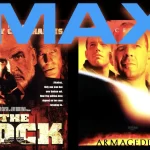The Indonesian action masterpiece, The Raid 2, can be easily defined as an important landmark for action cinematography, by inventing new methods for shooting martial arts and car chases. Although the film is not new (2014) it constitutes an outstanding reference for those who shoot real action. Thus, it is worth this tribute from us, and from the filmmaking community.
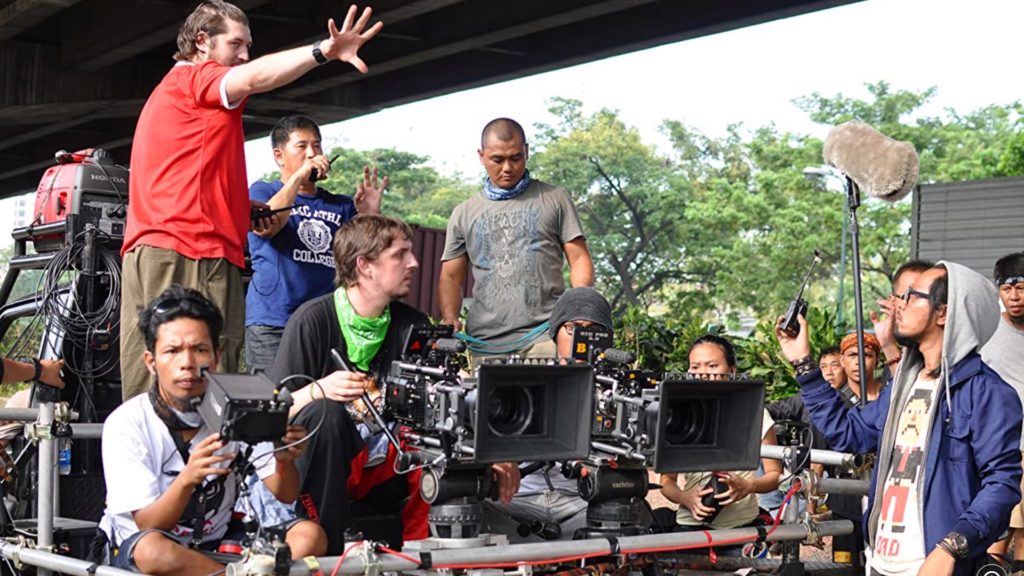
The Raid 2: In case you haven’t heard of it
The Raid 2 is a 2014 Indonesian action crime film written, directed, and edited by the Welsh filmmaker Gareth Evans. The film is the sequel to the 2011 film. The Raid 2 was released in the United States and Canada by Sony Pictures Classics in March 2014. In the story, special forces officer Rama (Iko Uwais) is sent undercover to expose the corrupt police officials colluding with the crime families of Jakarta’s criminal underworld. Like Evans’ previous films Merantau and The Raid, the fight scenes showcase the Indonesian fighting style of Pencak Silat. Watch the trailer below:
A total dedication to the art of action filmmaking
The Raid 2 is an example of complete commitment to the art of action filmmaking. For instance, Iko Uwais had trained together with the other fighters for 6 months, so that they would meet every day and build that mutual trust before shooting the fight scenes. Furthermore, all the punches and kicks to the body of the actors were real. Iko Uwais and the other fighters had to learn how to control their speed and strength so that it would look real on the camera. The main fights were planned, choreographed, and designed for months. That filmmaking strategy is not something filmmakers implement nowadays, due to the tight schedules. For instance, director Gareth Evans spent 6 weeks designing the final fight in The Raid 2. Moreover, the final epic kitchen fight scene, which is Gareth’s favorite fight, took 8 days to film and contains 195 shots. In total, the preparation for the fight scenes in The Raid 2 took 18 months!. Agree with us that this is a pretty rare extended schedule, that is not characterized by present action films’ producers.
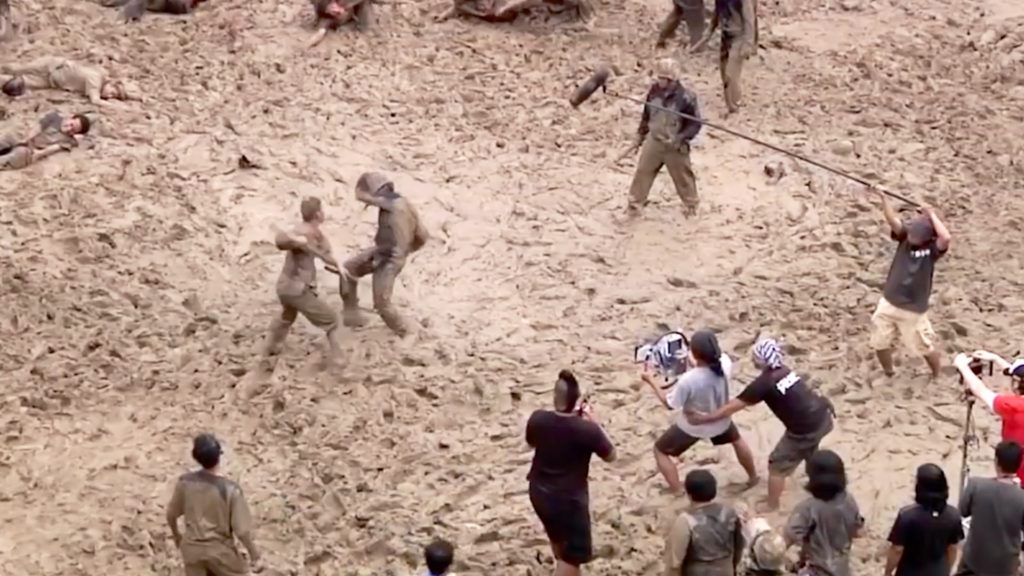
Shot on digital (RED Scarlet)
According to the film’s lead cinematographer Matt Flannery, at least three RED cameras were used in a test shoot of the acclaimed chase scene in The Raid 2. Gareth Evans mentioned that they were using RED Scarlet for 95% of the shoot, Epic for slow mo, and GoPro 3 for quick cuts during the car chase. The Raid 2 was one of the first movies to be heavily shot on RED Scarlet. It must be noted that when compared to modern films, The Raid 2 looks absolutely stunning. The picture, grade, and motion are top-notch. In fact, this very intense project was one of the first to be shot entirely on digital. That allows the director to actually verify and edit sequences in the field, and during the shoot. Gareth Evans admitted that during and throughout filming, it was a huge privilege of editing rough cuts on his laptop. Gareth has mentioned many times the significant advantages of shooting digital, because of elevated and simplified maneuverability, especially during principal photography.
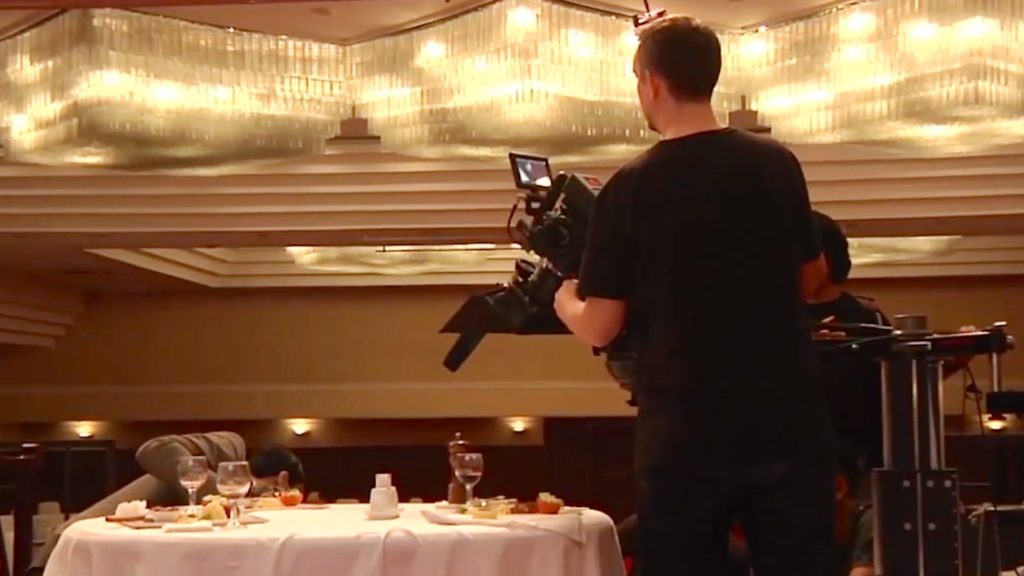
Extreme cinematography
The Raid cinematographers were Matt Flannery and Dimas Imam Subhono. Flannery said once in an interview, that the main cinematography composition was based on a wide verity of shots, but from end to end. The Raid 2 contains slow dolly shot, big wide shots, and then, in the heart of the aggressive fights, the camera goes hand to hand with tight and super kinetic shots. “The camera always moving but it’s a realistic movement” Flannery stated. One of the most famous sequences, is the Prison Fight which took place at Benteng Van Der Wijck, Gombong, Central Java. This is how Gareth described the prison scene: “For that, we designed the shots to be able to be cut together and flow through the prison yard like it’s a long single take, when in fact those shots are composed of six- to-eight or eight-to-ten shots. We shot for ten days, with 120 extras, in miserable, muddy conditions. I was by the monitors, but I lost my boots in the mud”.
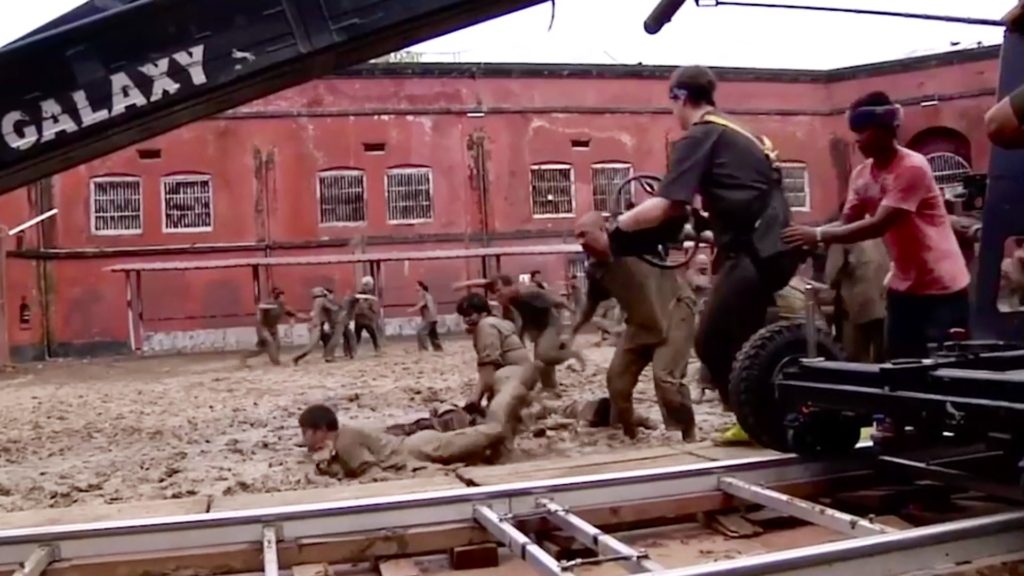
Setting an example (and standards)
Remember Extraction? We wrote many articles about the acclaimed car-chase shots, crafted by Extraction director Sam Hargrave, which was also the cinematographer. The car chase sequences were assembled from a series of long shots that were stitched together to allow the continuity of the action. One of the tricks is when Hargrave passes the camera (RED Monstro) in and out of the car. Now it’s obvious that this method was inspired by The Raid 2. They did it before. Watch the screenshots below:
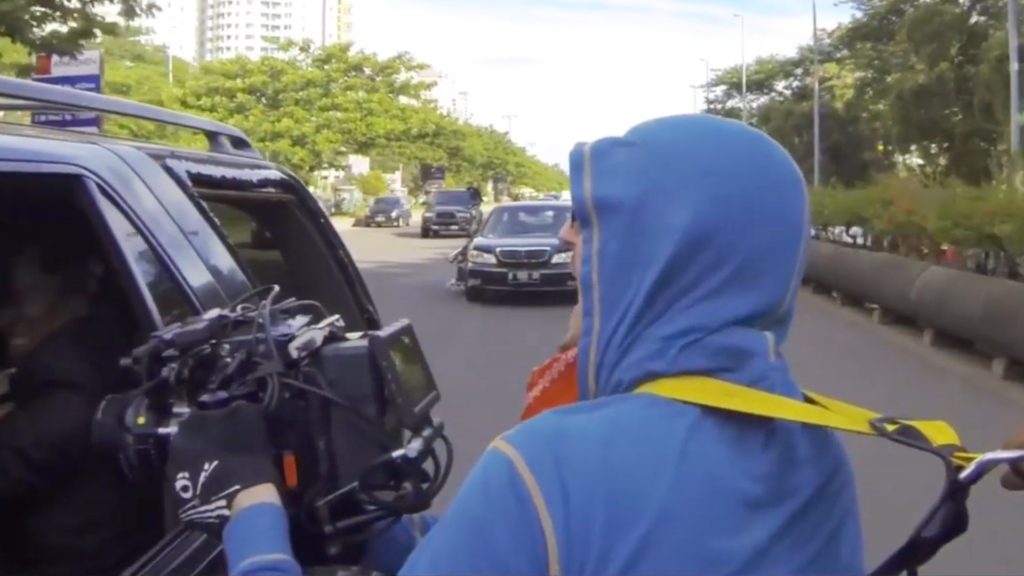
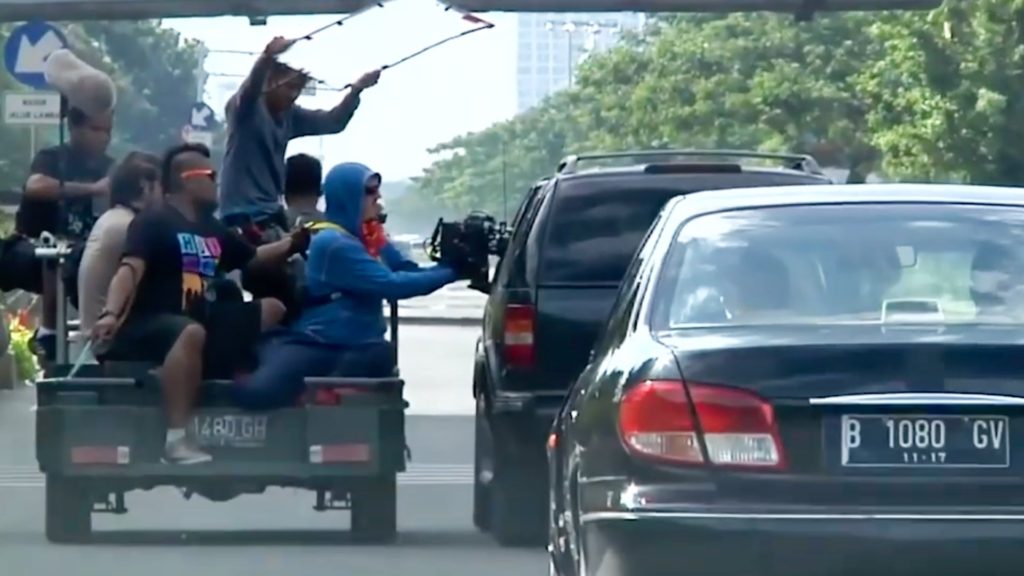
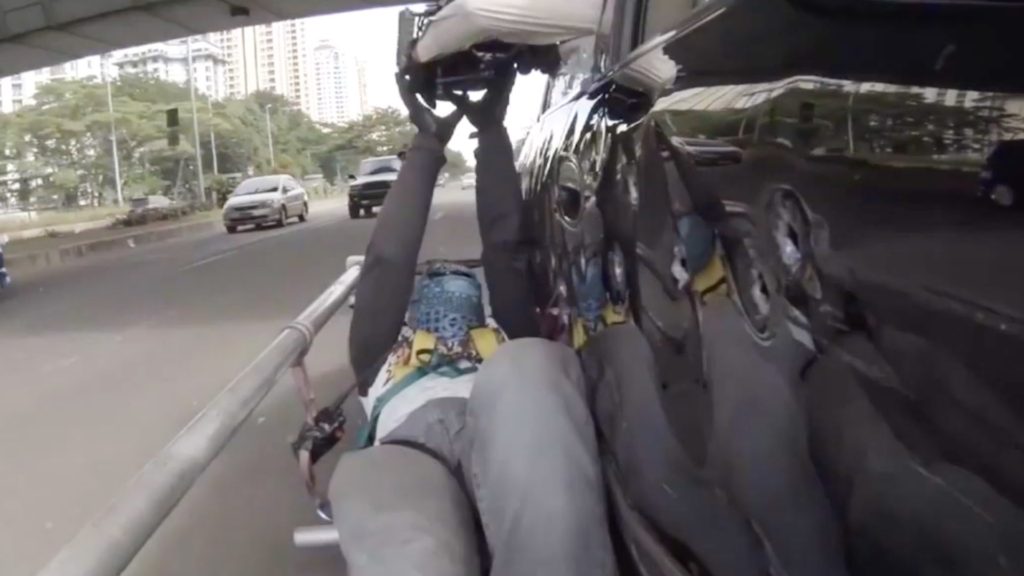
Wrapping up
The Raid 2 is an action masterpiece that indicates the total dedication of filmmakers to create the most immersing experience for their audience and with a tight budget. The Raid 2 looks like a blockbuster, however, in terms of budget, it’s not. In the heart of the action, insanely hard efforts are hidden. The extended Principal photography, plus vast training within the preproduction phase, led to an action thriller that is considered rare by today’s standards. The Raid 2 is a must-see film for action shooters and filmmakers.

